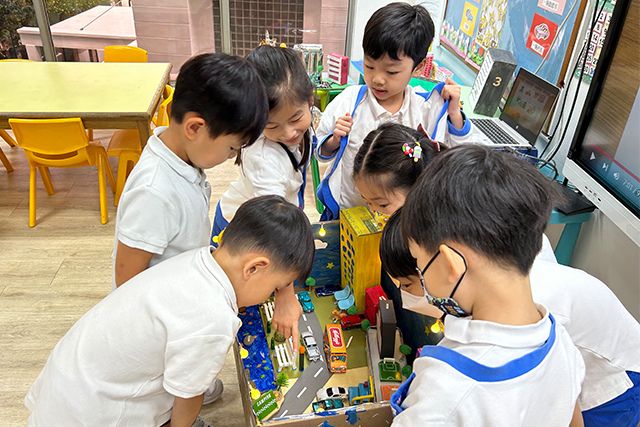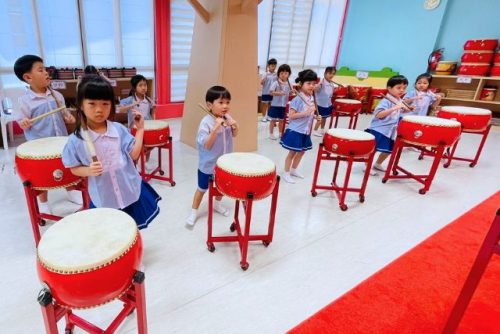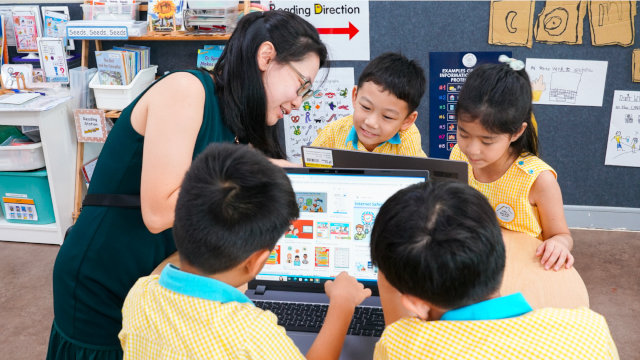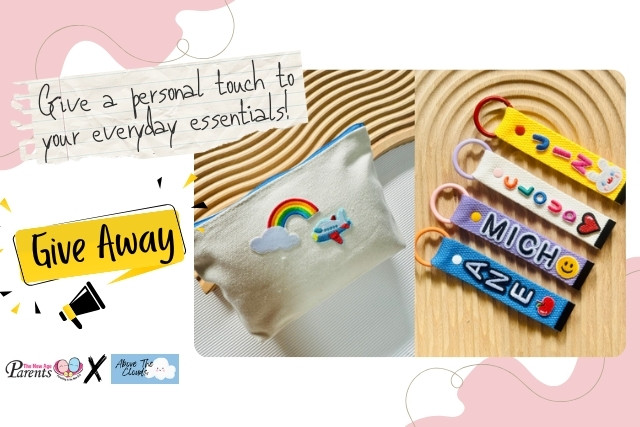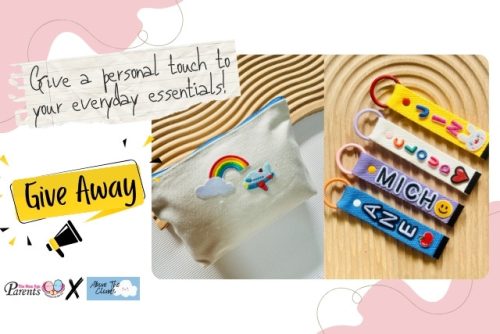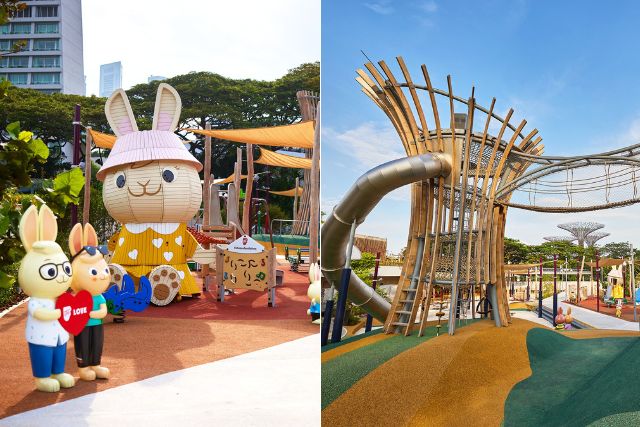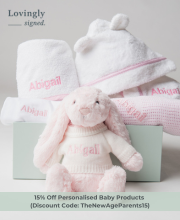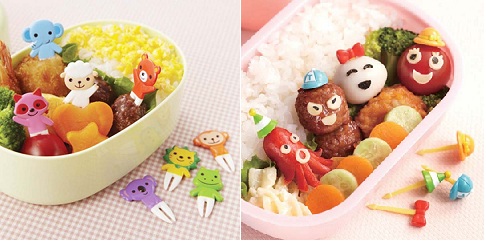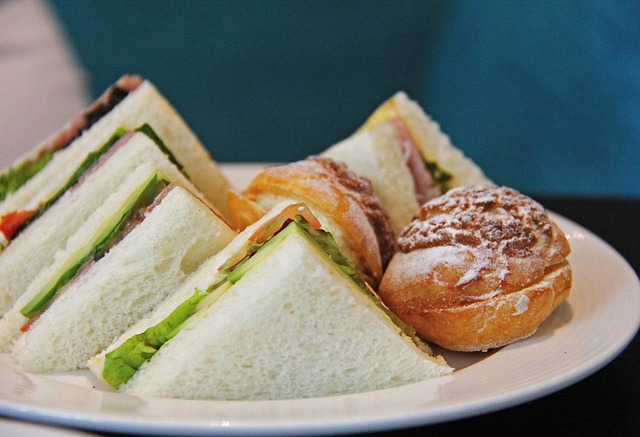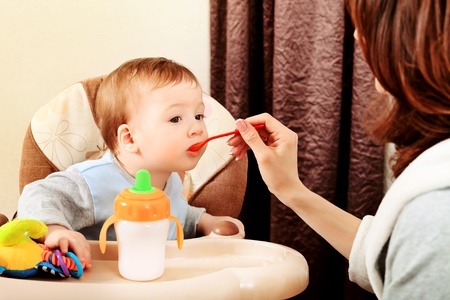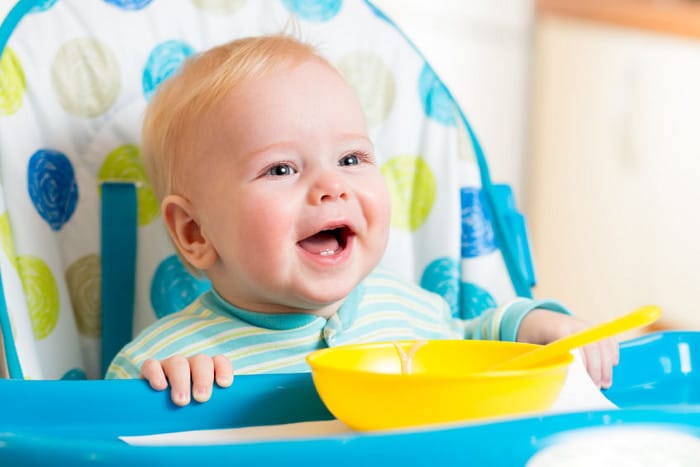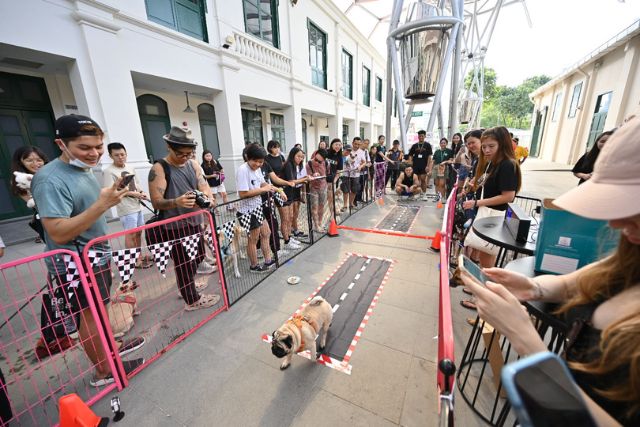Like any mum, I long for the day when my child can feed himself without assistance, so I can enjoy my own meal and lunch/dinner conversations in peace. But as most mothers would attest, training a toddler to spoon food into his mouth is no mean feat! In my own journey of training my little boy to feed himself, I’m glad to say we’ve come a long way together, and I’ve picked up some helpful tips I’d like to share with you if you’re thinking of jumping on the bandwagon soon!

As for when to start, there is a whole range of opinions on the subject. Some parents start their kids from the time they start eating solids! Others, like me, wait until their child is between 12-18 months, and can understand some basic instructions (although he may not follow them!) and imitate the adults. Still, others wait until the kid is about to go to nursery, and has the fine motor skills to go straight to a plate and fork and spoon. It’s really up to you – one thing’s for sure: It’s going to get messy!
Tip #1: Get the right tools
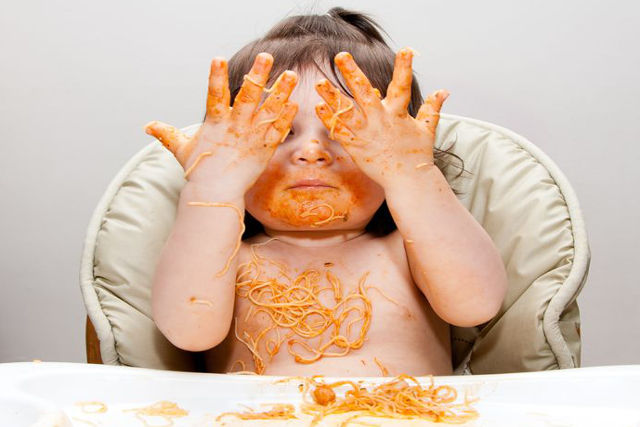
I made the mistake of starting my son on his self-feeding journey with a spork. Nothing against the inventors of this ingenious piece of cutlery, but I soon realized that little fingers really don’t take to the spork very well. I’ve since gotten him a proper toddler spoon which you can pretty much get from any mother-and-baby store.
It also helps to start your child off with a bowl that attaches to the high chair or table with a suction pad. This helps to ensure that at least the majority of the food should hopefully stay on the table!
When it comes to the right bib, I’d say go for something plastic, with a pocket stiff enough to stand out and catch the falling food. Cloth bibs may be cute to look at, but, unfortunately, pretty useless when it comes to containing this kind of a mess.
Give your child the right cutlery for the right job. For example, use a fork to spear chunks of fruit or noodles. And, similarly, leave the fork out when eating porridge or rice. Don’t put both in front of him and expect him to know which to use for what. And finally, do ensure that any scissors you use to cut up his food into tinier morsels are not within his arm’s reach at the table. Little hands grab fast!
Tip #2: Reduce clean-up by all means
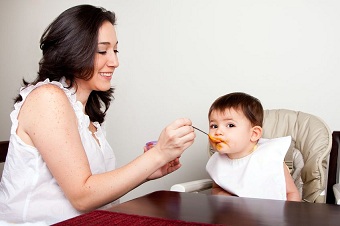
There are no two ways about it – training your child to eat will be messy. But make the clean up as enjoyable as possible, for your own sake at least! Line the floor below his chair with old newspapers or an old plastic shower curtain. Then, when mealtime is over, simply leave him strapped in his seat while you toss the newspaper or rinse the curtain. Any other remnants of food that get flung farther off, you can quickly pick them up with wet-wipes or kitchen towel.
Instead of worrying about the havoc, your toddler is wrecking on his clothes, let him eat either naked (with diapers, of course) or bottomless. You can also give him a quick rinse off in the bathroom after the meal.
And don’t put the high chair less than a metre from a standing fan if you can help it. I’ve personally experienced him flinging his food straight at the fan, and the food then getting ricocheted off to the other side of the room. Not funny.
Tip #3: Shower your child with praise
I try to eat my meal at the same time as my kid – after all, that’s the whole point, isn’t it? But I do talk to him between mouthfuls, reminding him to scoop his food, making him smile with exaggerated eating actions on my part, and/or telling him to aim “a little higher” to get to his mouth.
I keep praise to a maximum and scoldings to a minimum. For example, every time he puts a spoon of food into his mouth successfully, I clap or say “good job”, so he knows he got it right. Yes, he can be naughty at times and plop his food cheerfully onto the floor, but in most cases, it’s just a matter of playful curiosity and not blatant obedience on his part, so try not to get too frustrated.
Tip #4: Reward your child occasionally
Sometimes, when my boy makes it through an entire meal with minimal fuss or spillage, I reward him by giving him a few pieces of his favourite biscuits or his favourite fruit. I make a big deal about it, telling him that “you get to enjoy this special treat because you did such a good job on lunch today” or something to that effect.
Which kid doesn’t like a reward? And it helps to get through to him the message that eating well makes mummy happy and has benefits for him too!
Tip #5: Don’t compare!
When I started this journey of training my child to feed himself, a few other mummy friends joined me in teaching their own tots to self-feed. A couple of months down the road, all our kids are in various stages of success. It’s sometimes tempting to compare and wish my kid were more well-behaved or like so-and-so’s charge, but at the end of the day, there’s really no point in that.
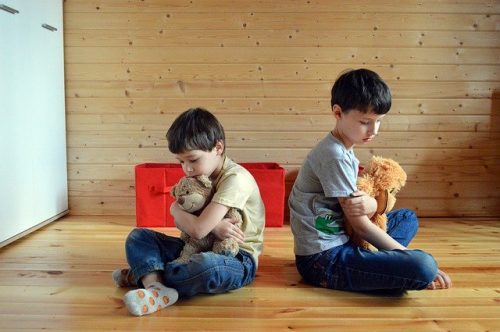
Every child is truly unique and learns at their own pace. And there are a whole host of other factors that affect progress, such as their love for food in the first place, the dining environment, and what other developmental milestones they are going through at the time that is using up their physical and mental capacities.
I’ve come to appreciate and celebrate the little milestones my little boy has made. Right now, about two months after we got him started on self-feeding, he is able to feed himself a sandwich and to spoon rice or mashed potato into his mouth relatively neatly with minimal mess, especially at dinner times. He still can’t fork noodles or eat more liquid stuff like soft-boiled egg or soup, but I’m fine with that. It has been a messy ride, but the end result of seeing your child smile with personal satisfaction after a meal well-fed is, truly, priceless.
By Dorothea Chow.
This article was first published in The New Age Parents e-magazine.
* * * * *
Like what you see here? Get parenting tips and stories straight to your inbox! Join our mailing list here.
Want to be heard 👂 and seen 👀 by over 100,000 parents in Singapore? We can help! Leave your contact here and we’ll be in touch.






